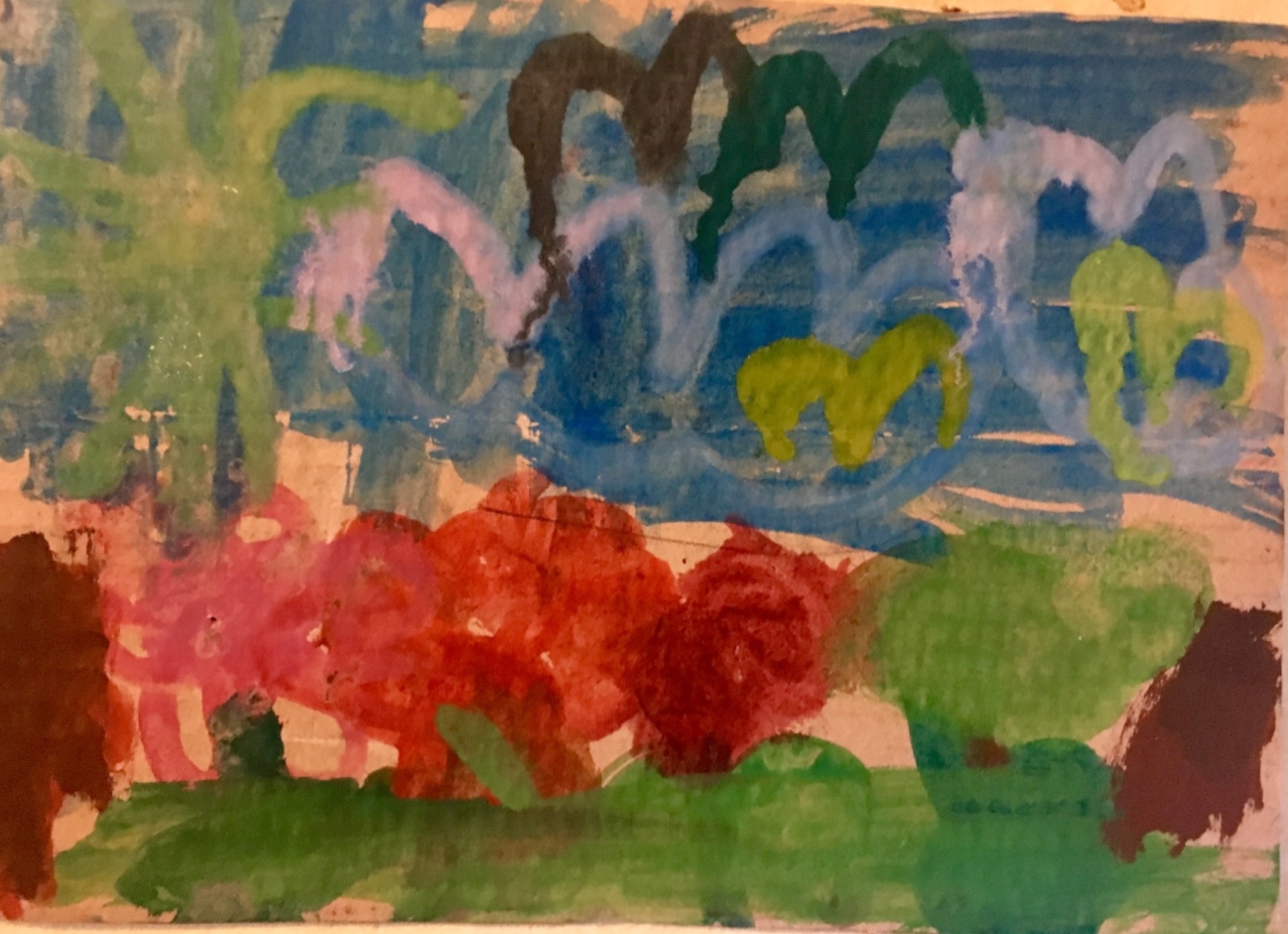Art in Early Childhood
Becoming a teacher of young children opened up for me the wonder and delight that comes from being in close proximity to children's art-making processes.

Becoming a teacher of young children opened up for me the wonder and delight that comes from being in close proximity to children's art-making processes.
After studying the history and theory of art at university, and engaging in my own art-making, it was spending time with children in their diverse art-making contexts that truly illuminated for me the life of art; art as living, as a living thing, as a part of life, as inextricably connected to what it means to be a human, alive, in the world, amongst humanity. Jeanette Winterson (2006, p 12) talks about the 'true artist' as the artist who is connected, who is in process, and who is a problem solver:
"I do not want to argue here about great artists, I want to concentrate on true artists, major or minor, who are connected to the past and who themselves make a connection to the future. The true artist is connected [...] The true artist is interested in the art object as art process, the thing in being, the being of the thing, the struggle, the excitement, the energy, that have found expression in a particular way. The true artist is after the problem."
(Jeanette Winterson 2006, p 12)
Children are 'true artists'. Each time I work alongside children as they create art, I am not only learning about aesthetic expression, design and appreciation, or imagination and creativity in responding to the world (as beautiful, delightful, challenging, troubling, worthy of time and thought and focus), but also beyond this I am learning from these children about the importance of art as a way to seek complexity, communication and connection.
Originally published in Britt & McLachlan (2020). Unearthing Why: Stories of thinking and learning with children, pp.69-70